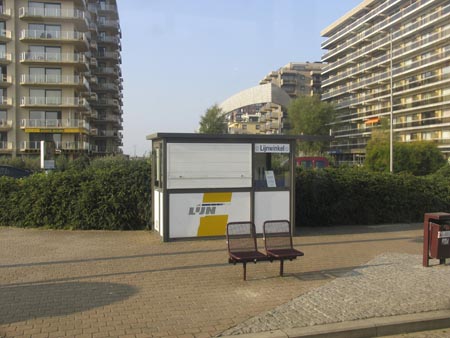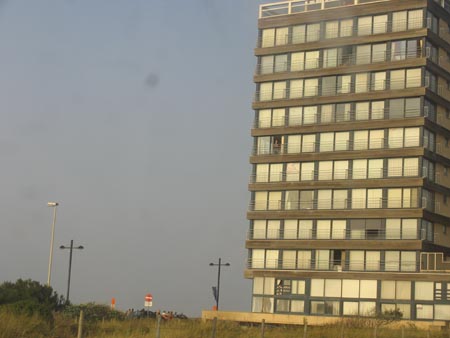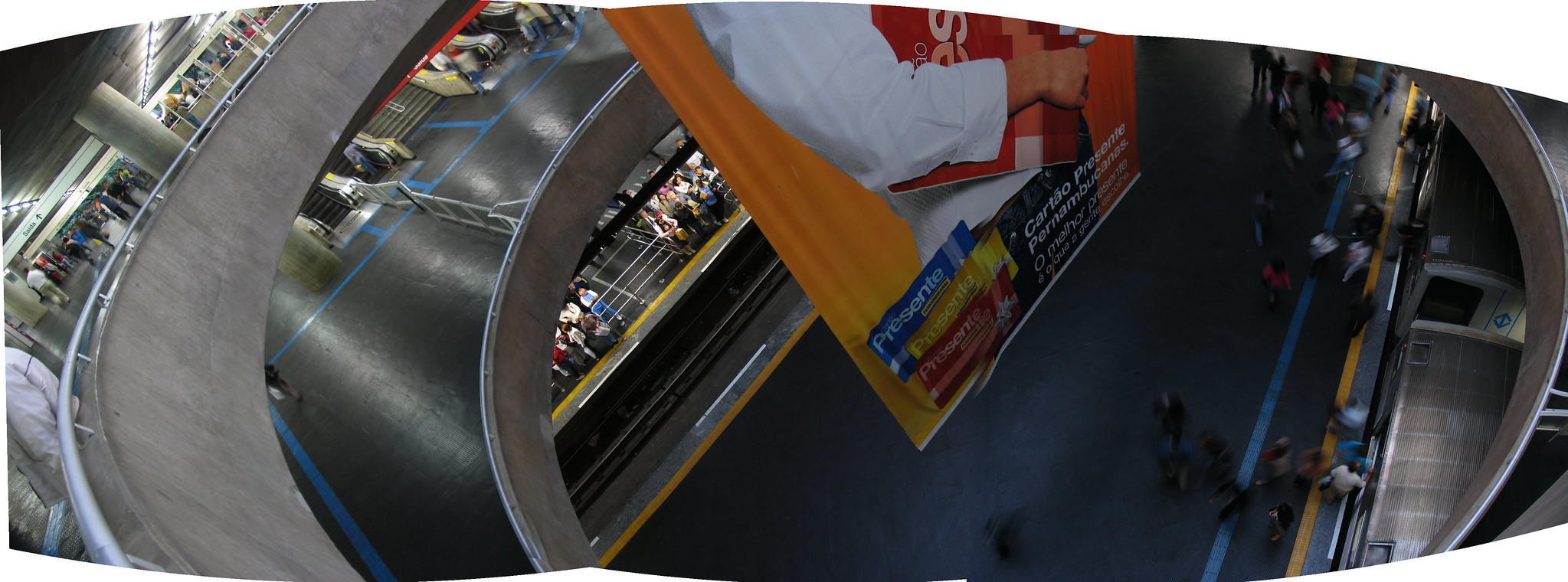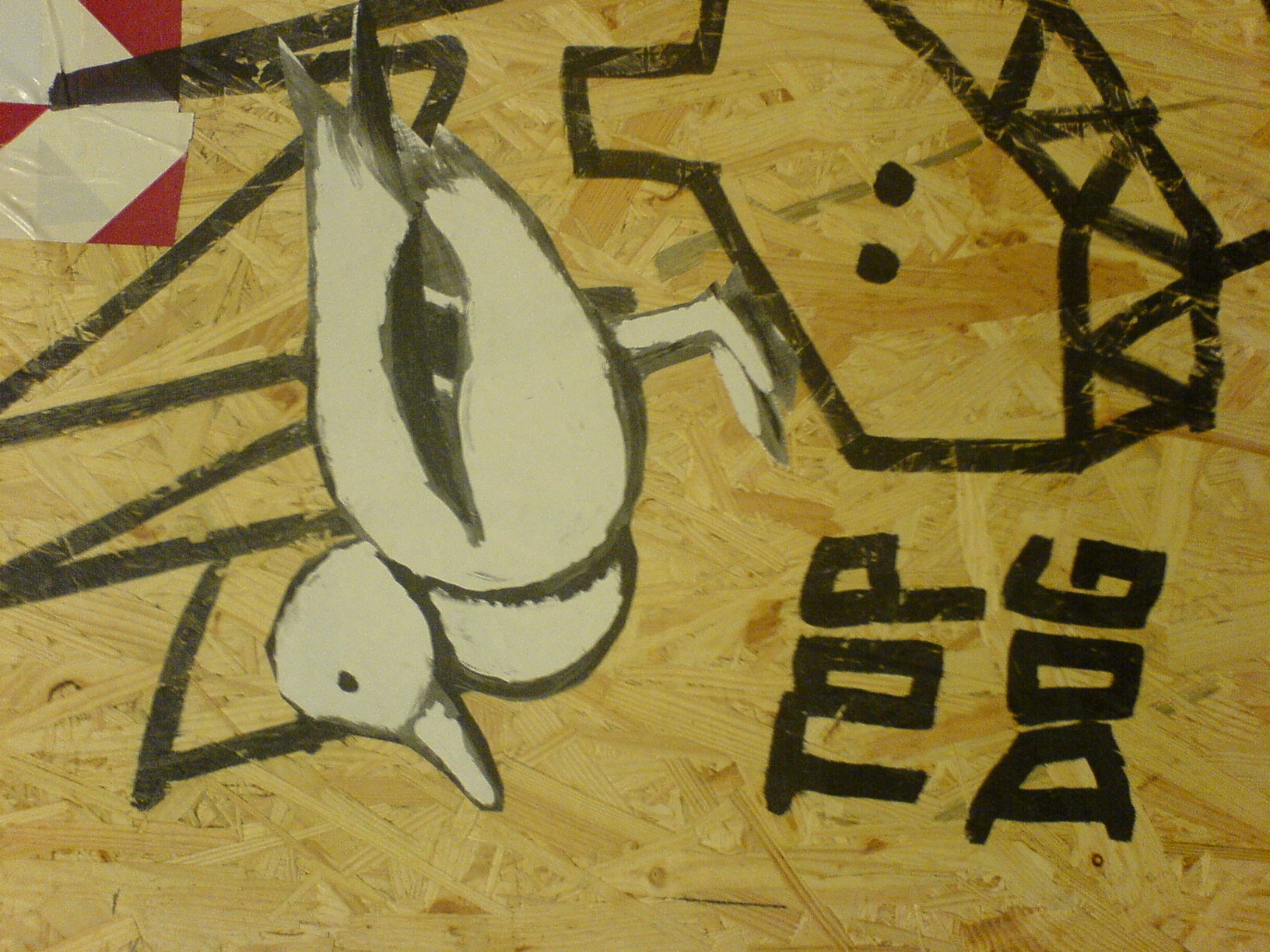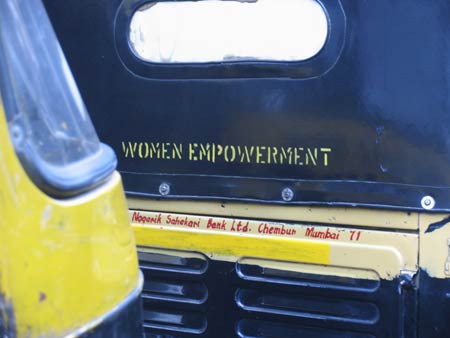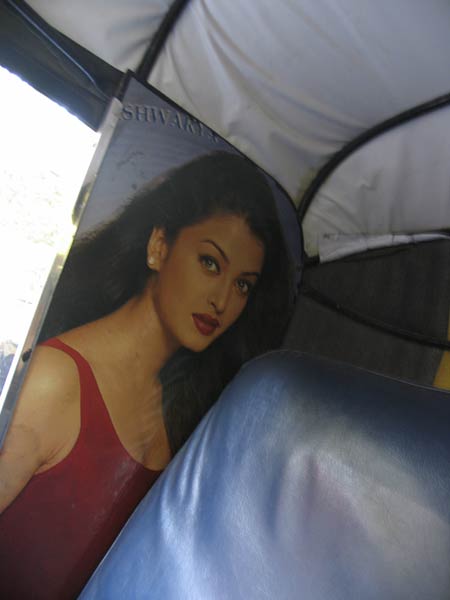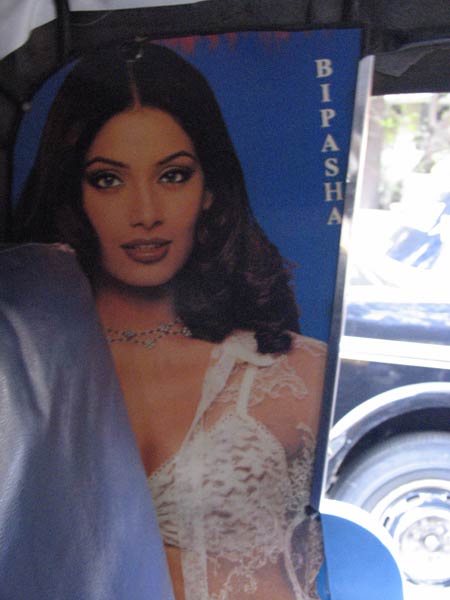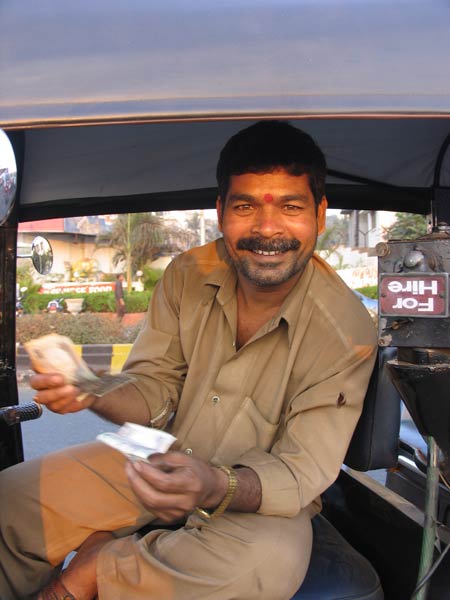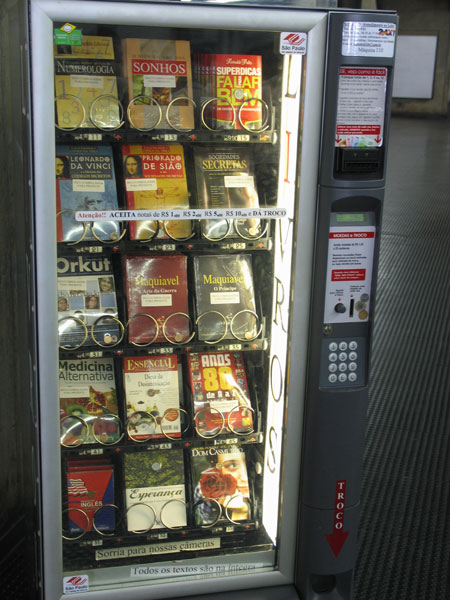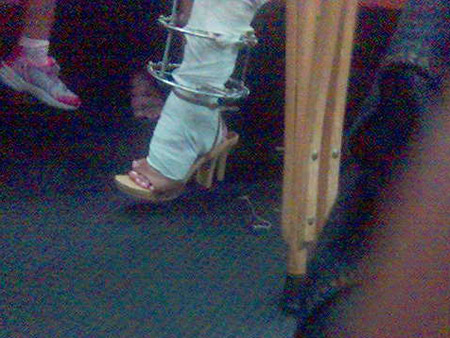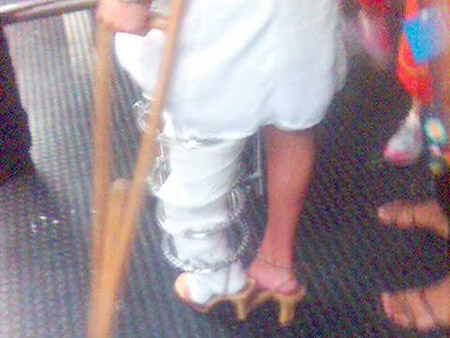Old people dumping ground
After having found the children’s deposit point in lille last weekend i went on to the belgian coast to take a ride along the coast in in the kusttram (‘coast-tram’). have wanted to do this for a while as i am (a) a sucker for public transport and (b) i really like the idea of having a tram that runs along almost the entire Belgian coast (not that it is that long of a coast with in total 66km).
Unlike almost everything else in begium the coast tram does even make sense. it does run every ten minutes and at least on this sunday was absolutely crowded. crowded with old people that is. if i was well mannered and would offer my seat to the first best old person having to stand in the tram i would not have had a seat for the 2 hours 20 minutes remaining after the 2nd stop (but then i am not well mannered and continue to sit). looks like the belgian coast is some kind of dumping ground for old people. wherever you look the coast is full of grey haired persons, occasionally interrupted by brits carrying away huge quantities of liquor and cigarettes. apparently they store the old people in enormous high rises that line almost the entire coastline. here is an impressive sattelite shot taken from google earth (note the shadows illustrating the height of the buildings):
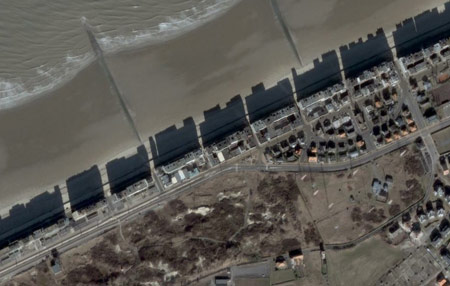
And here is a shot of the same location taken from the tram:
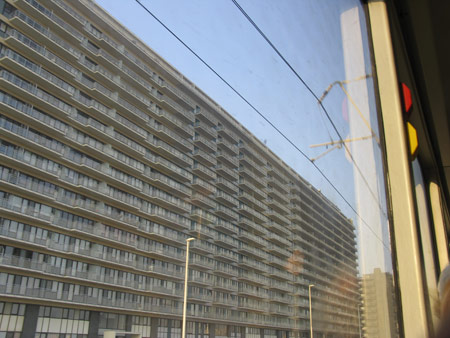
Now that is form follows function to the max. storing the old people within easy walking distance from the beach, far away from the urban centers and build a tram (o.k. the tram seems to be older than most of these humble dwellings, but who cares) interconnecting all these silos so they can visit each other and walk up and down the coast. perfect. looks like as if this keeps them happy as well as they do not even seem to vote for the vlaams belang (like the rest of flanders does).

